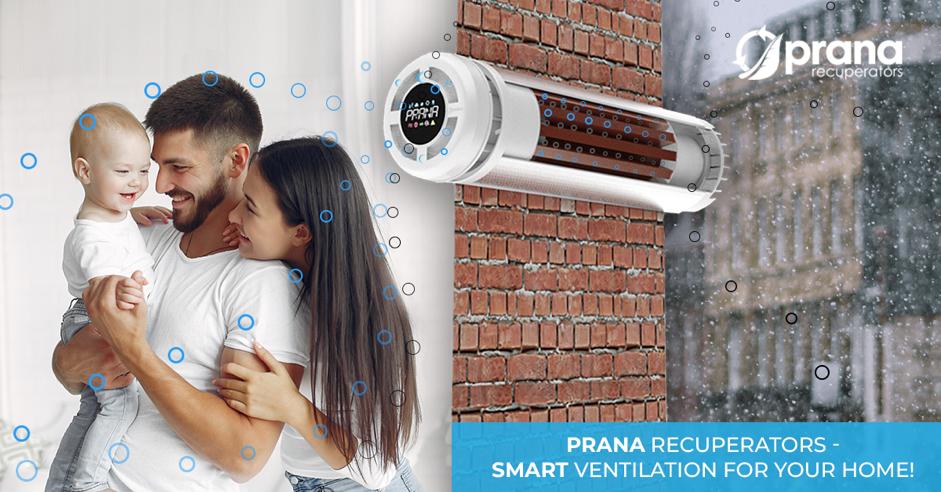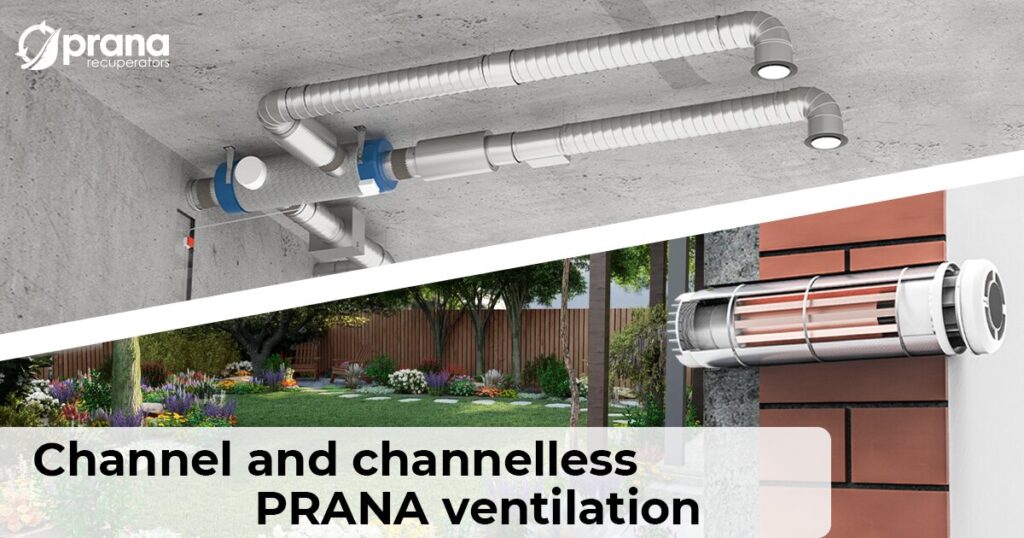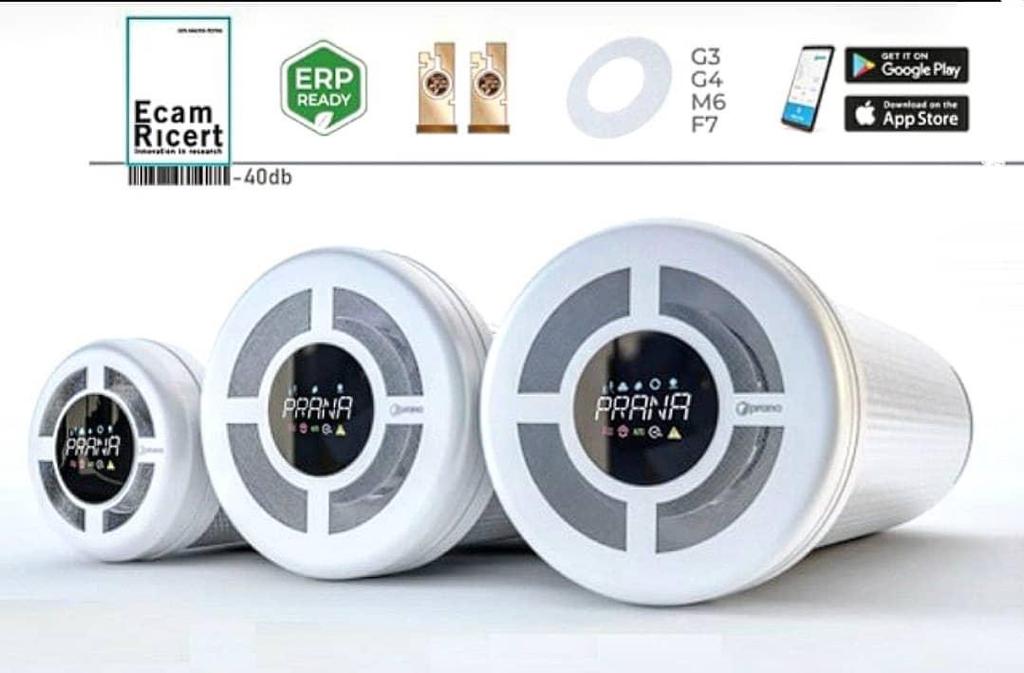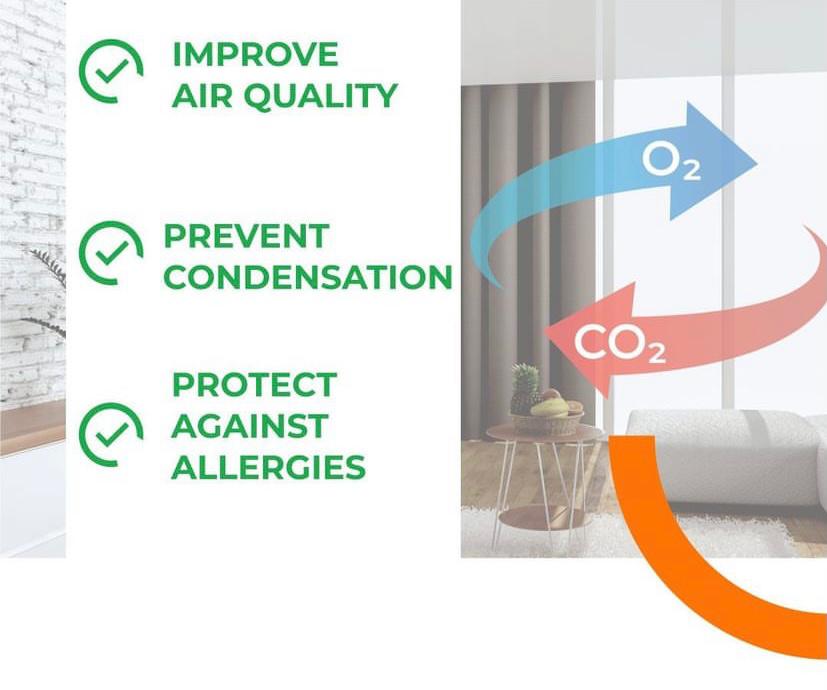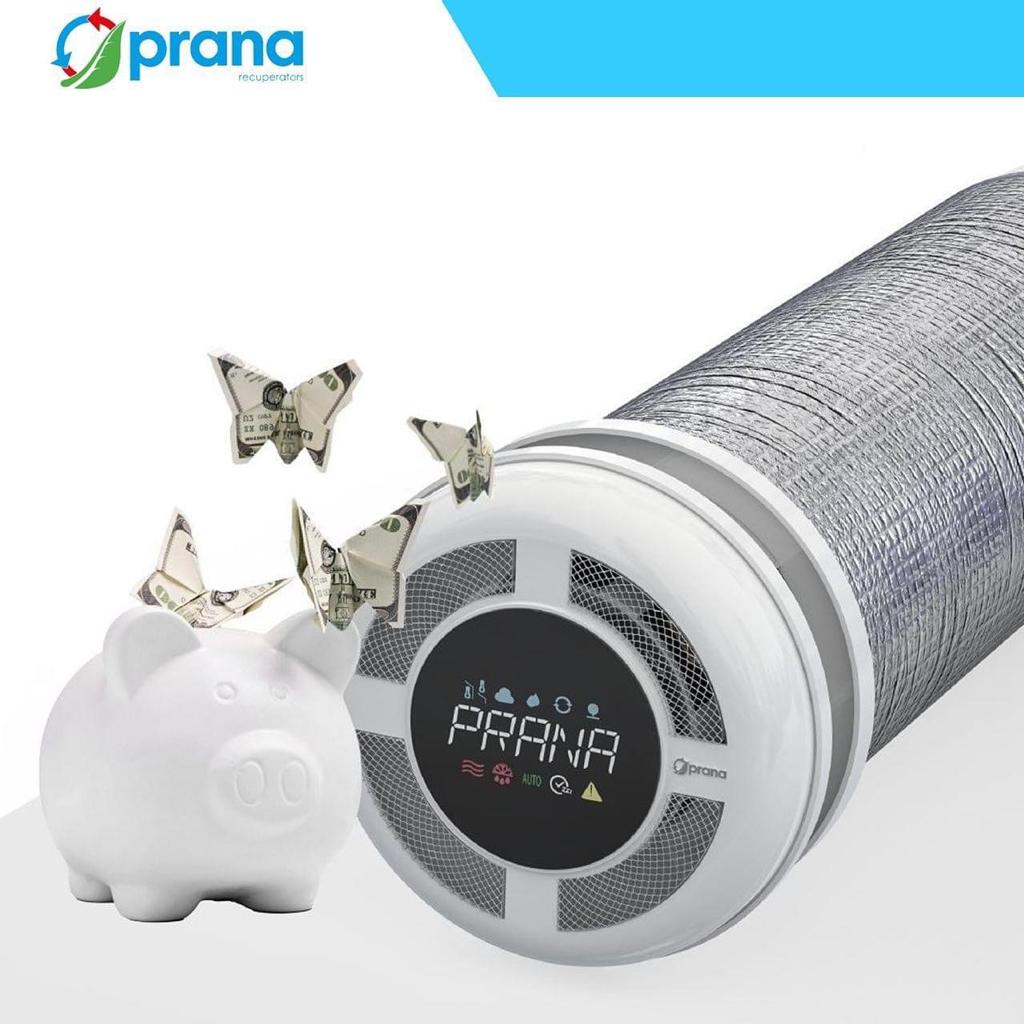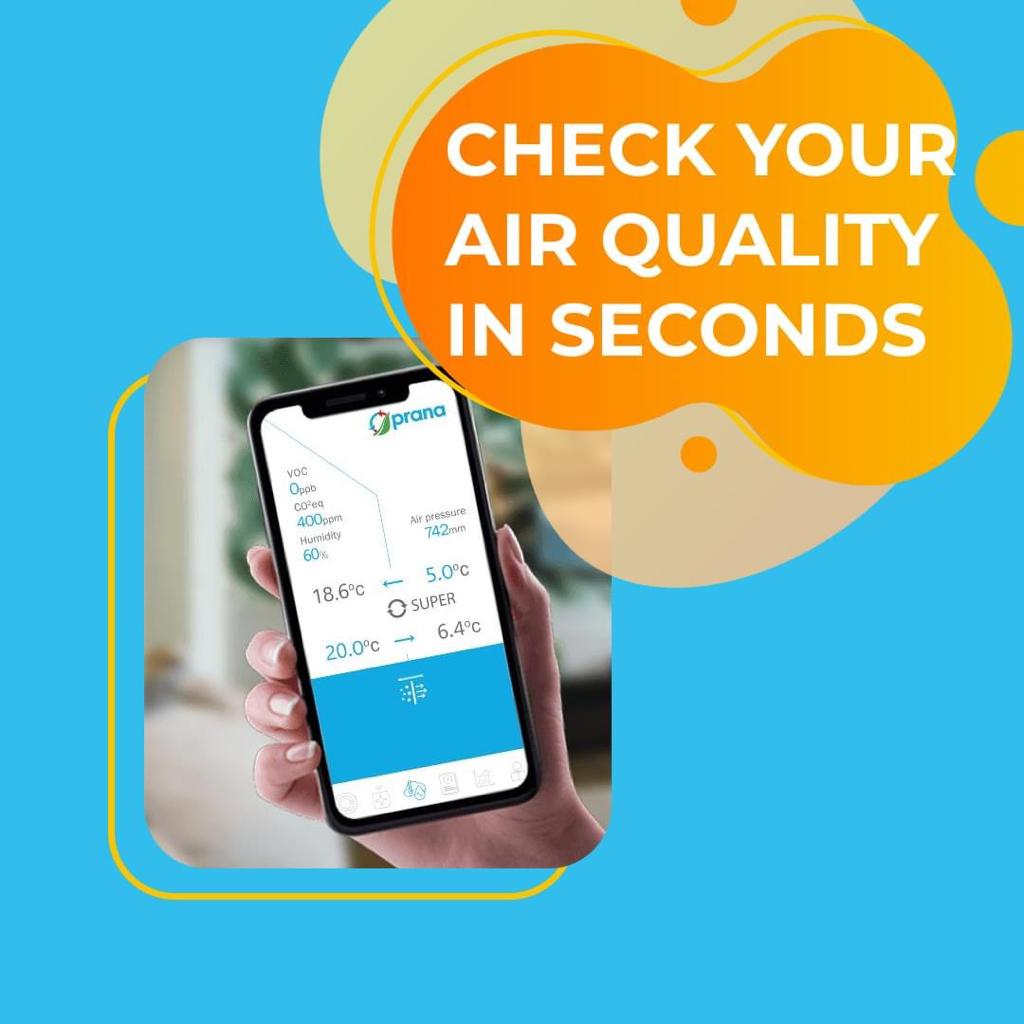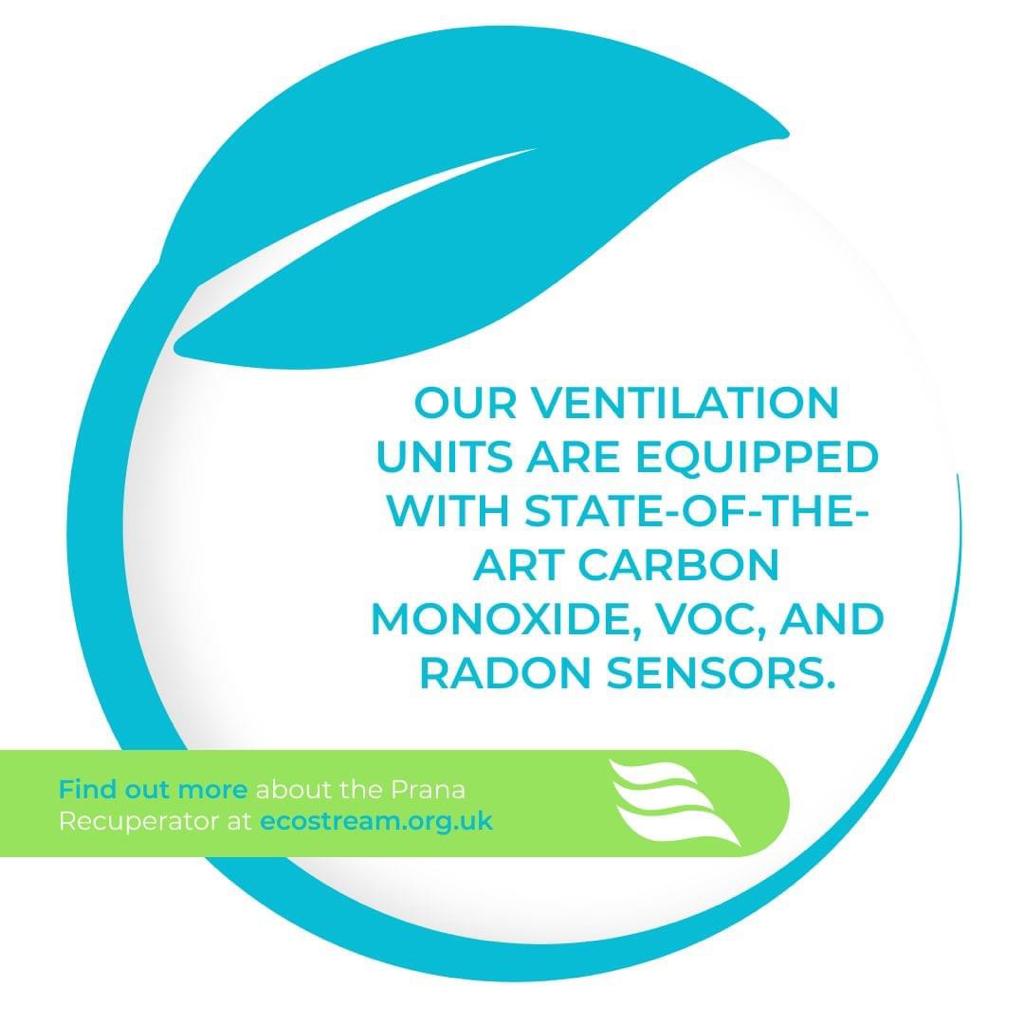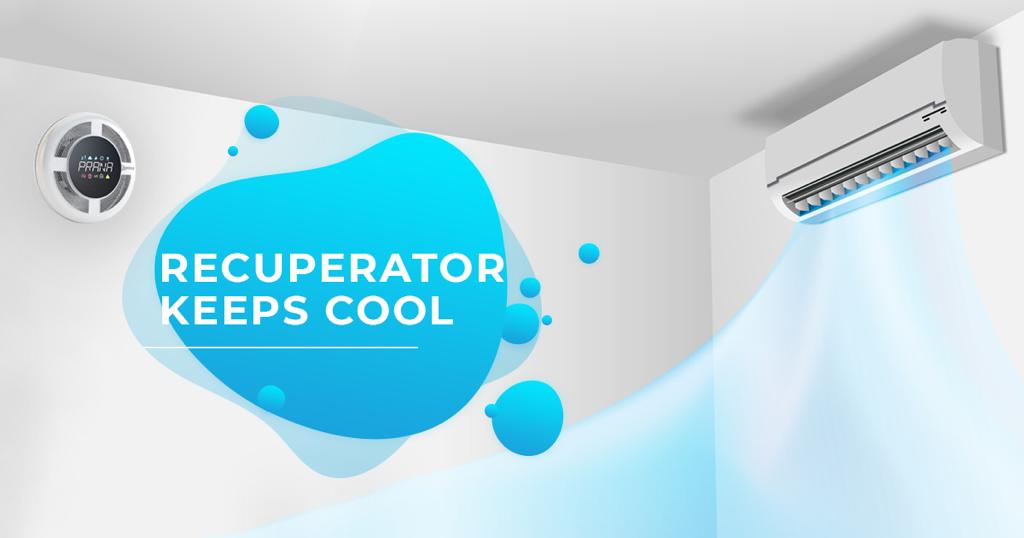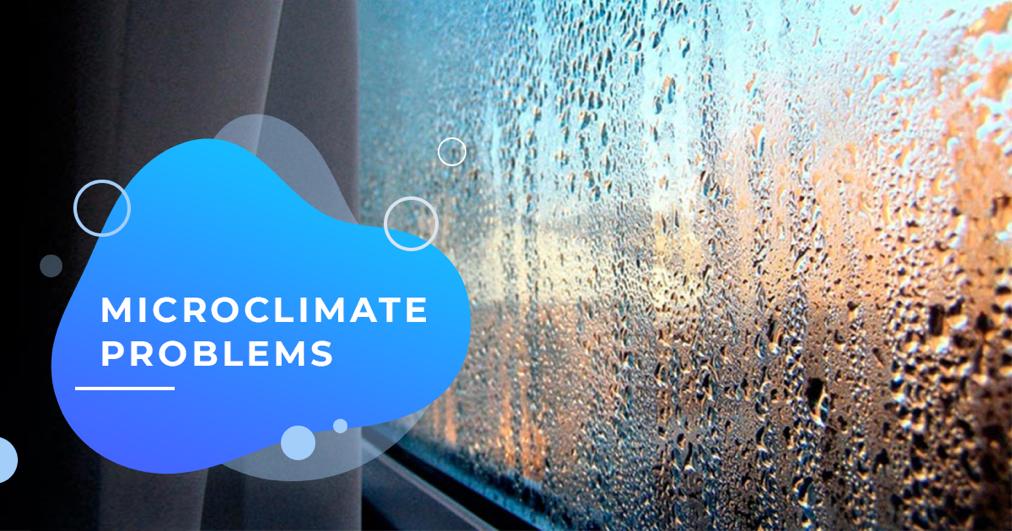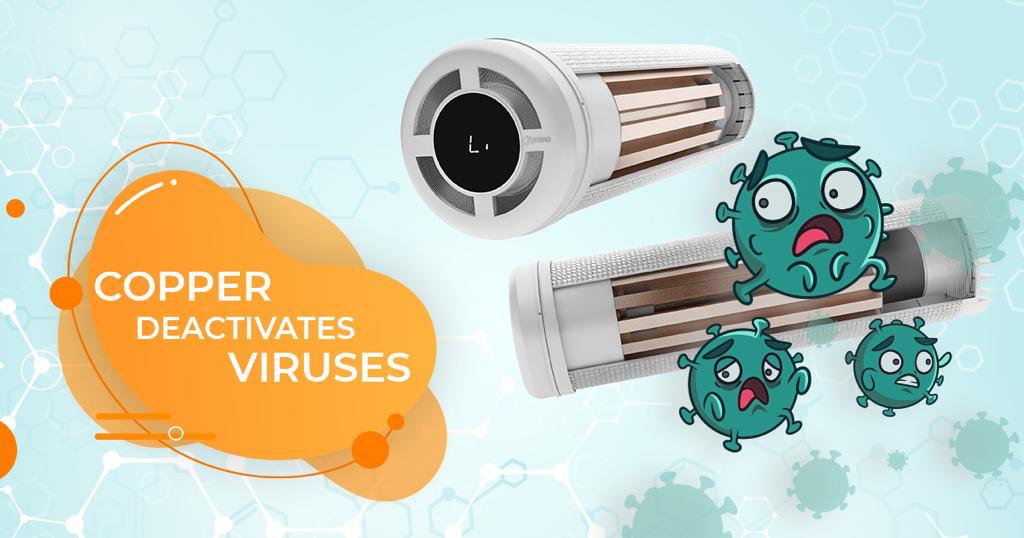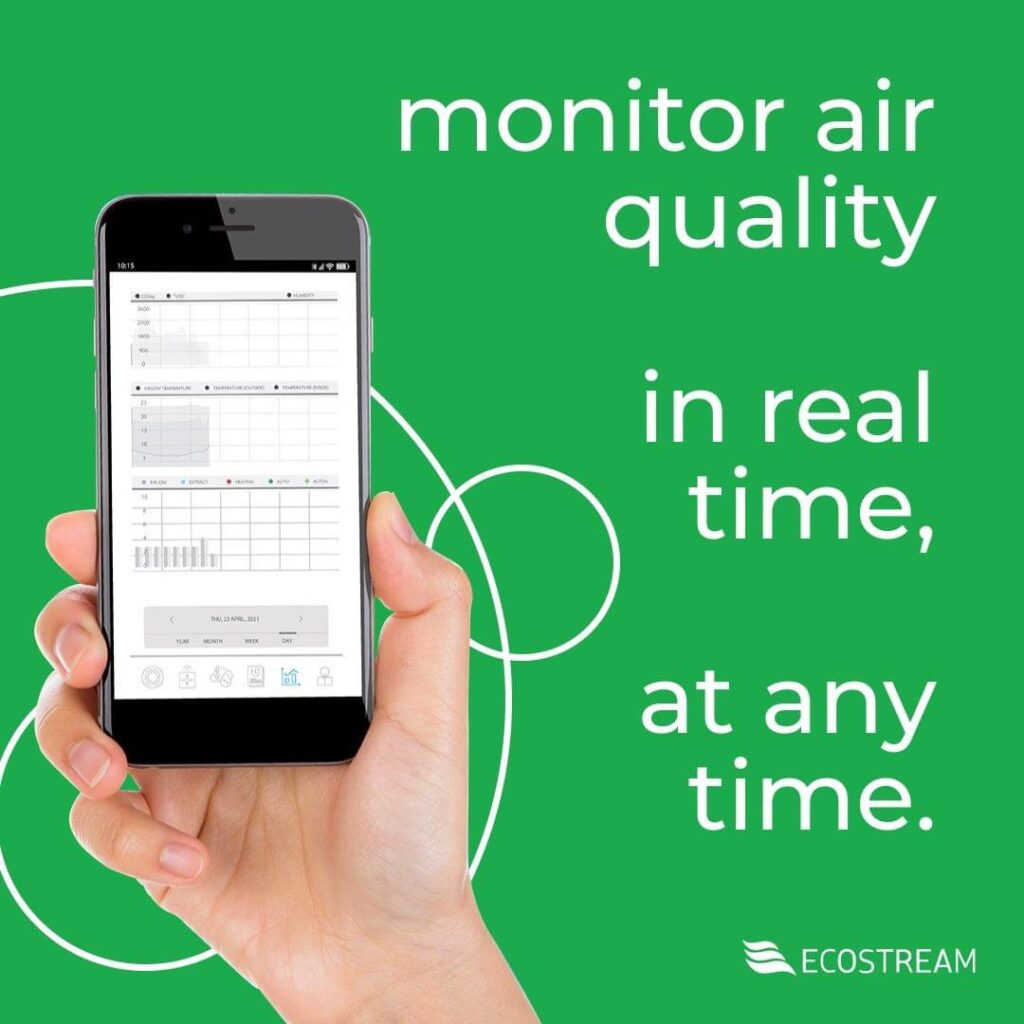When people ask, “How to ventilate a house?” They also want to understand why this is so important. Isn’t the house already ventilated naturally? You simply open the windows and let fresh air go inside. Well, this option is not a perfect solution for all situations. If the humidity level in rooms like the bathroom or kitchen is higher than average, you should improve your ventilation and make sure fresh and clean air comes inside, replacing stale air.
So, how to make ventilation at home? Is installing additional ventilation systems necessary, and why could they be advantageous? Keep reading, as we will get all the questions answered.
Is natural ventilation effective?
First, let’s say a few words about natural ventilation. This method, also called passive ventilation, supplies fresh air between rooms in buildings passively using the wind speed or the pressure difference. If it sounds unconvincing and you think natural ventilation is ineffective, it’s not true. Natural ventilation has several advantages:
- Carbon emissions reduction.
- Cheap installation and maintenance compared to fully mechanical systems.
- Free night cooling: daytime temperature is reduced, which is extremely impactful during the summer.
People choose natural ventilation systems because they are cheap to install and easy to maintain. It’s also a low risk of breakage, meaning you won’t face repairs after a few weeks after installation. If the passive ventilation system is installed correctly, everything will be fine. Moreover, it’s an energy-saving mechanism that starts working from the moment it is installed.
Other types of home ventilation
Natural ventilation is good, but it’s not the only method to control the air quality and get rid of all air pollutants. If you search for ideas on how to make ventilation at home, it’s reasonable to compare all the available options and evaluate their advantages. Let’s have a look at other options you can use to ventilate your house properly.
Spot ventilation
In this method, air movement control is controlled by localised exhaust fans, quickly removing pollutants from the covered area. A typical example of spot ventilation is a range hood over a stove and exhaust fans in a bathroom. Such a ventilation method is usually combined with natural ventilation to achieve better effectiveness and have clear air in a dwelling. However, sometimes combining these two ventilating methods is impossible because they don’t match the house’s needs. In such a case, using a whole-house ventilation method is reasonable.
Whole-house ventilation
This type of ventilation combines the usage of fans and duct tape to allow air to move from and inside the building effectively. The whole-house method gives owners controlled air exchange. Such systems could be exhaust-only when everything is based on the fresh air leakage into the building and supply-only when the ventilation relies on air leakage from the building to exhaust fresh air. A third option is a balanced system that includes both intake components.

